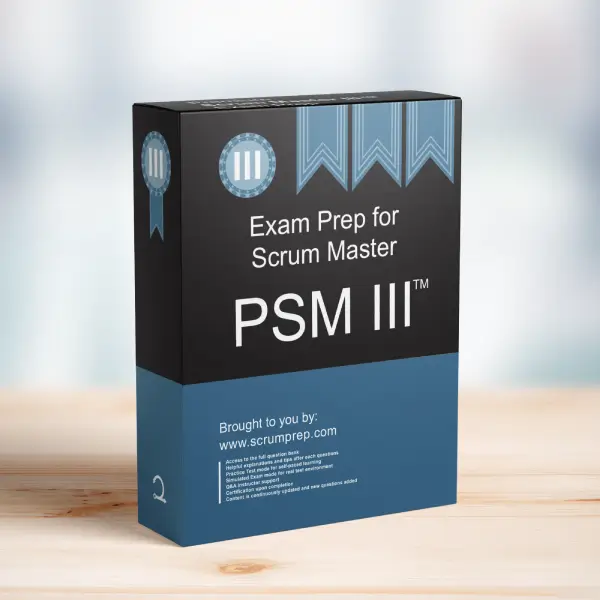Navigating Crisis and Restoring Order in a Scrum Team
In Scrum, the integrity and collaboration of the Scrum Team are paramount to delivering high-quality Increments. When external disruptions occur, such as unauthorized changes made by an executive, the Scrum Master must take swift action to restore order, ensure alignment, and help the team regain its focus.
Exam Question
One Monday morning the Developers are in chaos. Over the weekend Riley, the company’s executive product officer, made some significant changes to the work already done by the Developers. Some Developers are not able to retrieve the work they created last week. Riley says the changes were required to make the product compliant with the company’s legal guidelines. The anger and tension in the team room is huge. The Developers appear confused about how to proceed.
What might be done for the team to move forward again?
Explanation
Addressing the Immediate Chaos
- Facilitate a Meeting to Understand the Impact:
Scrum’s Role: The Scrum Master should immediately facilitate a meeting with the Developers and Riley to understand the full scope of the changes made and their impact on the current work. It is essential to identify which parts of the work were altered, which tasks are irretrievable, and how these changes align with or contradict the Sprint Goal.
Example: In the meeting, the Scrum Master can ensure that the Developers voice their concerns and that Riley explains the legal guidelines that necessitated the changes. This open discussion will help clarify the situation and allow the team to assess the damage. - Reassess and Replan the Sprint:
Scrum’s Role: Once the impact is clear, the Scrum Master should guide the team in reassessing the Sprint. If necessary, the Sprint Goal may need to be revised, or certain Product Backlog items may need to be reprioritized or deferred to future Sprints.
Example: The Scrum Master can work with the Product Owner to update the Product Backlog and ensure that the Sprint Backlog reflects the new priorities. The Developers can then plan their next steps based on the revised Sprint plan.
Restoring Team Morale
- Addressing Tensions and Emotions:
Scrum’s Role: The Scrum Master must address the team’s emotional state by acknowledging their frustration and creating a safe space for them to express their concerns. The Scrum Master should also reinforce the importance of teamwork and remind the Developers of their shared commitment to delivering value.
Example: A team-building exercise or a retrospective focused on the recent events can help the team process their emotions and refocus on their goals. - Establishing Boundaries and Roles:
Scrum’s Role: It is crucial for the Scrum Master to establish clear boundaries regarding who can make changes to the work in progress. The Scrum Master should ensure that any future changes are communicated through the appropriate channels and involve the necessary stakeholders.
Example: The Scrum Master might work with Riley and the Product Owner to establish a protocol for how legal guidelines or other critical changes are communicated to the team, ensuring that such disruptions are minimized in the future.
Relevance to the PSM III Exam
In the PSM III exam, demonstrating the ability to navigate complex, high-stress situations and restore order within a Scrum Team is vital. This scenario tests the Scrum Master’s skills in conflict resolution, team facilitation, and maintaining the integrity of the Scrum framework.
Key Takeaways
- Immediate Impact Assessment: Quickly facilitate a discussion to understand the scope of changes and their impact on the current work.
- Replanning the Sprint: Guide the team in reassessing the Sprint Goal and Sprint Backlog to align with the new reality.
- Restoring Morale: Address the team’s emotional state and reinforce the importance of collaboration and shared goals.
- Establishing Protocols: Create clear guidelines for how future changes should be communicated and implemented to avoid similar disruptions.
Conclusion
When external disruptions cause chaos within a Scrum Team, the Scrum Master plays a crucial role in restoring order, ensuring alignment, and helping the team move forward. By facilitating open communication, reassessing the Sprint plan, and addressing emotional tensions, the Scrum Master can help the team regain its focus and continue delivering value. For more insights into handling complex situations in Scrum and preparing for the PSM III exam, visit our Scrum Master PSM III™ Exam Prep.



